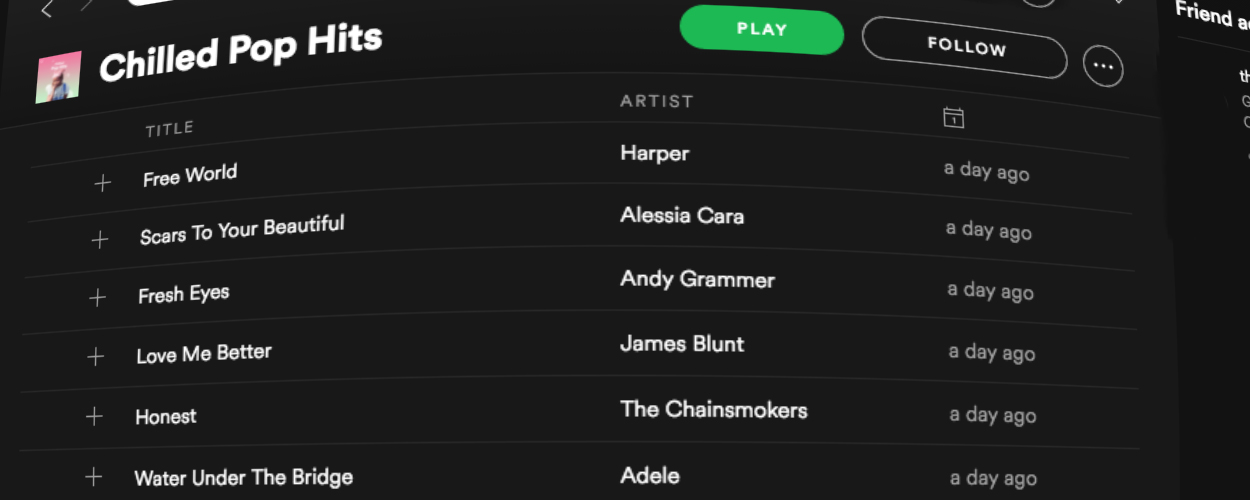This website uses cookies so that we can provide you with the best user experience possible. Cookie information is stored in your browser and performs functions such as recognising you when you return to our website and helping our team to understand which sections of the website you find most interesting and useful.
Business News Digital Labels & Publishers
Playlist marketing must focus on artists not songs, says Believe’s Georges Tremblay
By Andy Malt | Published on Tuesday 25 April 2017

Simply getting individual songs onto playlists is not enough to build a following on the streaming services, says Believe Digital Canada President Georges Tremblay. Your strategy needs to be smarter and consider how each placement pushes the artist, rather than the song.
As part of this year’s Global Creators Summit at Canadian Music Week in Toronto, CMU Insights presented a series of sessions on the streaming market. Based on the ‘Dissecting The Digital Dollar’ reports CMU Insights produced for the UK Music Managers Forum, representatives from the digital market, collecting societies, artist management and entertainment law spoke. The audience heard a detailed breakdown of how streaming services are licensed, conversations about ensuring that the streaming business works for all parties, and a discussion about ongoing transparency issues.
In an interview with CMU Business Editor Chris Cooke, Tremblay discussed how labels and artists find success via the streaming services, and how that feeds into a wider, more long term plan.
He noted that playlists do play a key role in driving listening on the streaming platforms, adding that getting music onto those playlists is a distinct new task for artists and labels, not just an extension of something else: “People think that pitching to playlists is like pitching to radio. It’s a bit like that, but it’s not exactly like that”, he said. “Radio will likely pick songs because it fits their sound and it’s going to fit well between other tracks. For playlists, it’s user experience. Yes, they like your track, but they’re also going to do it because it benefits their playlist in the end. If they get better playlists people will talk about them, and they’ll share them with their friends. That’s how it works”.
But there is more to achieving success in the streaming domain than simply getting a track on to a playlist. “We find that labels are more effective when they’re not just thinking, ‘how do I get on a playlist?’. Because getting on a playlist is not the ultimate goal. Are you on the right playlist? Where are you on the playlist? Because not every user is putting it on shuffle. An artist marketing plan has to be bigger than the streaming services. If your main focus is to say, ‘I’m gonna get on playlists’, you’re likely going to fail”.
“Even though with streaming, we’re talking singles, we’re not just selling songs, we’re selling artists”, he went on. “And that has never changed. Ever since the birth of the music industry, it’s always been how you get people to develop sentiment towards the artist, and that’s how you’re going to keep them”.
The data and analytics offered by the streaming services can be useful in that regard, if used correctly. “I have a smartphone, but it’s only smart because I know how to use it”, he said. “Data is only good if you know how to use it. So we use that as a part of the strategy, it’s not the strategy”.
As an example of how data can be used to guide the marketing of an artist, rather than just a single song, he noted: “It’s OK to get a high skip rate on a discovery playlist, but if you’re on a mood playlist and your skip rate is high, maybe you should look at the song. Sometimes you have to have the humility to stop and say, that might not be the right track to push”.
“You need to have a plan”, he concluded. “And it has to be an artist marketing plan”.





